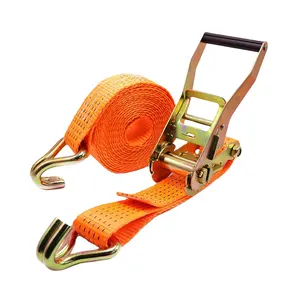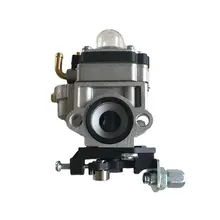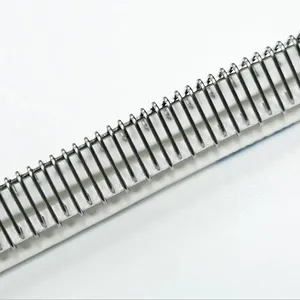Exploring the Versatility of Fastening Belts
Fastening belts are integral components in various industries, serving as essential tools for securing and supporting a myriad of items. These belts come in different forms, each tailored to meet specific requirements and applications. From conveyor belt fasteners to belt with rivets, the range of fastening belts is extensive, reflecting their importance in both everyday use and specialized settings.
Types and Applications of Fastening Belts
The diversity of fastening belts is evident in their applications. For instance, conveyor belt fasteners are crucial in the seamless operation of conveyor systems, ensuring the belts are firmly joined and can withstand the rigors of continuous movement. In contrast, fasteners for belts used in apparel are often smaller but equally significant, providing both functionality and aesthetic appeal. Meanwhile, belt fastener types such as clipper belt fasteners and alligator lacing offer robust solutions for heavy-duty uses, where a secure and reliable hold is paramount.
Features and Materials of Fastening Belts
The materials used in fastening belts are as varied as their applications. Durability is a common feature, with many belts incorporating belt rivets and other metallic components to enhance strength and longevity. For applications requiring flexibility, such as flexco belt splicing, the materials chosen allow for movement while maintaining a secure fastening. The design of these belts often includes features that enable quick and easy adjustments, repairs, or replacements, such as the alligator belt lacing tool and conveyor belt lacing tools, which facilitate efficient maintenance.
Advantages of Using the Right Fastening Belts
Selecting the appropriate fastening belt for a given task can lead to significant benefits. For example, using flexco conveyor belt fasteners can greatly reduce downtime in industrial settings by providing a reliable and durable hold. In retail settings, the use of fastening belts with decorative rivets on belt designs can enhance product appeal. The versatility of these belts allows for their use in temporary or permanent applications, with some designed for easy disassembly when necessary.
Considerations for Choosing Fastening Belts
When selecting fastening belts, it is important to consider the specific needs of the application. Factors such as load capacity, environmental conditions, and the frequency of use should guide the choice of belt. Tools like flexco belt clamps and belt fasteners clipper can be paired with certain belts to ensure optimal performance. It is also crucial to consider the compatibility of the belt with the materials it will be fastening, as this can affect both functionality and safety.
Conclusion
Fastening belts are more than just simple tools; they are critical components that play a significant role in various industries. With the right selection, these belts can enhance efficiency, safety, and reliability in applications ranging from machinery maintenance to material handling. While Alibaba.com serves as a marketplace to connect buyers with a vast array of suppliers offering these indispensable items, it is the responsibility of each buyer to assess their specific needs and choose the most suitable fastening belts for their requirements.











































 浙公网安备 33010002000092号
浙公网安备 33010002000092号 浙B2-20120091-4
浙B2-20120091-4